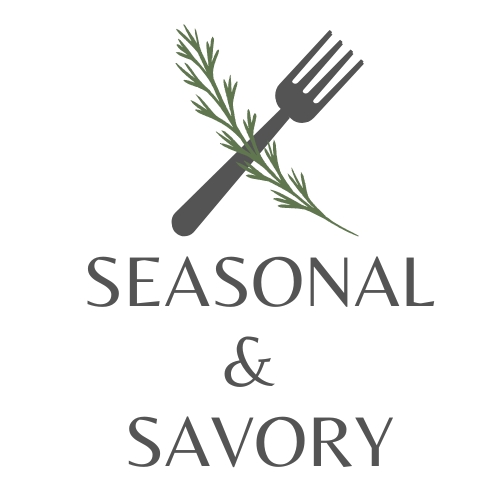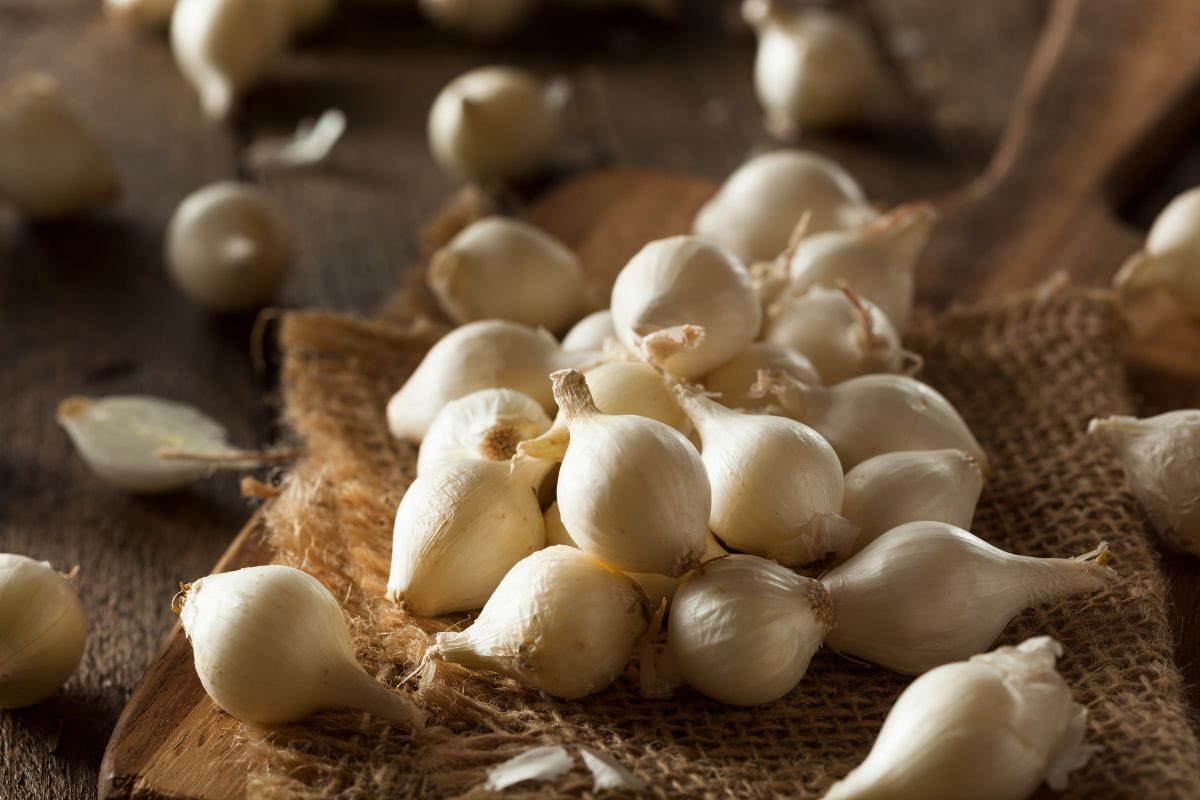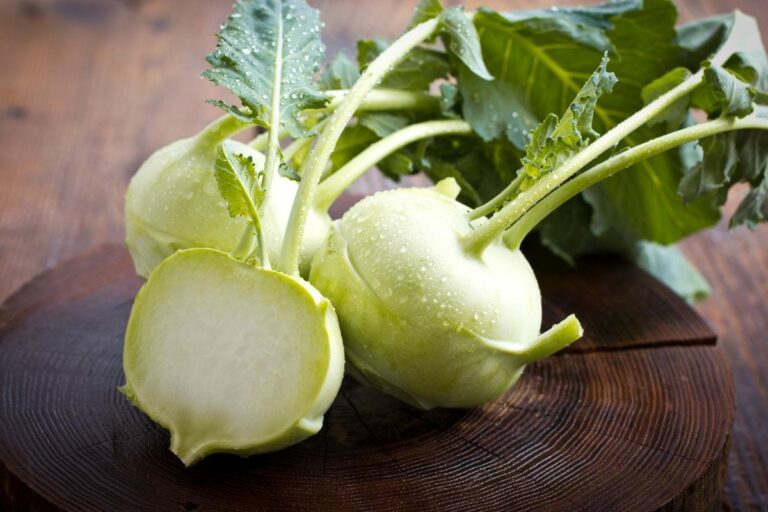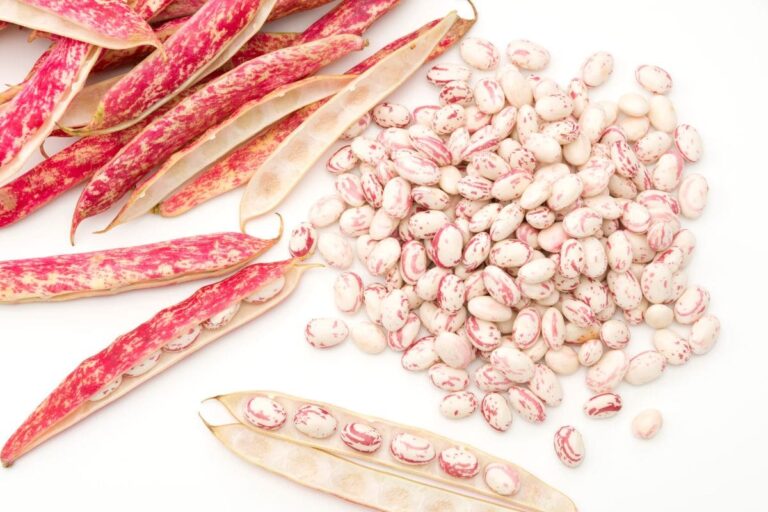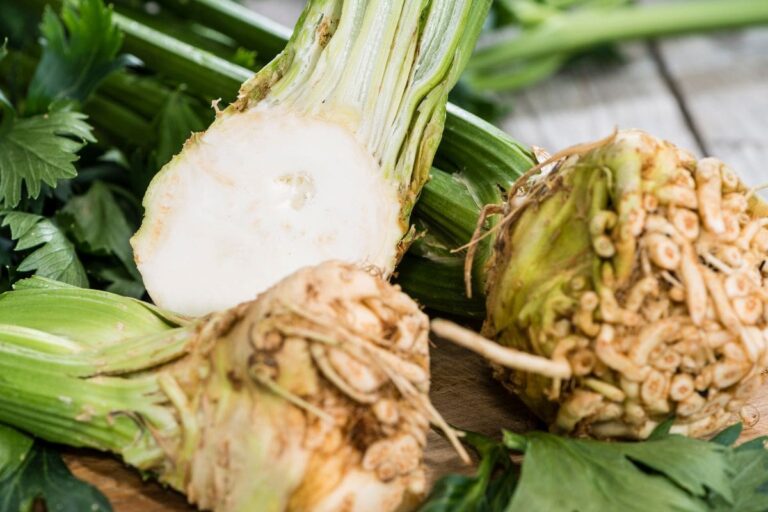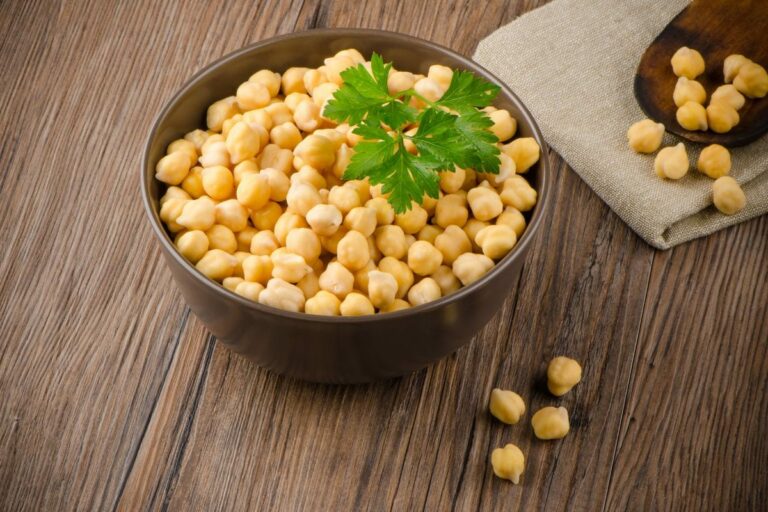Onion Diversity: Discovering the Finest Substitutes for Pearl Onions
Pearl onions are a common ingredient in many dishes, but what do you do if you can’t find them at the store? There are a few substitutes you can try.
What are the best substitutes for Pearl onions? One great substitution is the ever-popular shallot. Shallots have a milder taste and are perfect for adding depth to sauces, soups, and savory dishes. You can also use bulb onions for a milder flavor. If you prefer a stronger flavor, try using cipollini, scallions, and red or white onions. Try using caperberries or cocktail onions to put in the cocktail garnish.
All of these substitutes have a similar taste and texture to pearl onions but won’t mimic the flavor, texture, and size perfectly. Just be sure to adjust the cooking time depending on the substitute you choose. Keep reading for a list of the best substitutes for pearl onions.
What Are Pearl Onions?
Pearl onions are a type of onion that is small and has a pearl-like shape. Their size revolves around one inch only. They are also known as buttons, baby, creamers, picklers, or silverskin onions. These onions belong to one of the categories of Allium cepa species named aggregatum.
They are white in color and have a mild flavor. They bear thin and papery skin that is very easy to peel. Pearl onions are often used in recipes that call for onion but don’t need the strong flavor of a regular onion.
Uses of Pearl onions
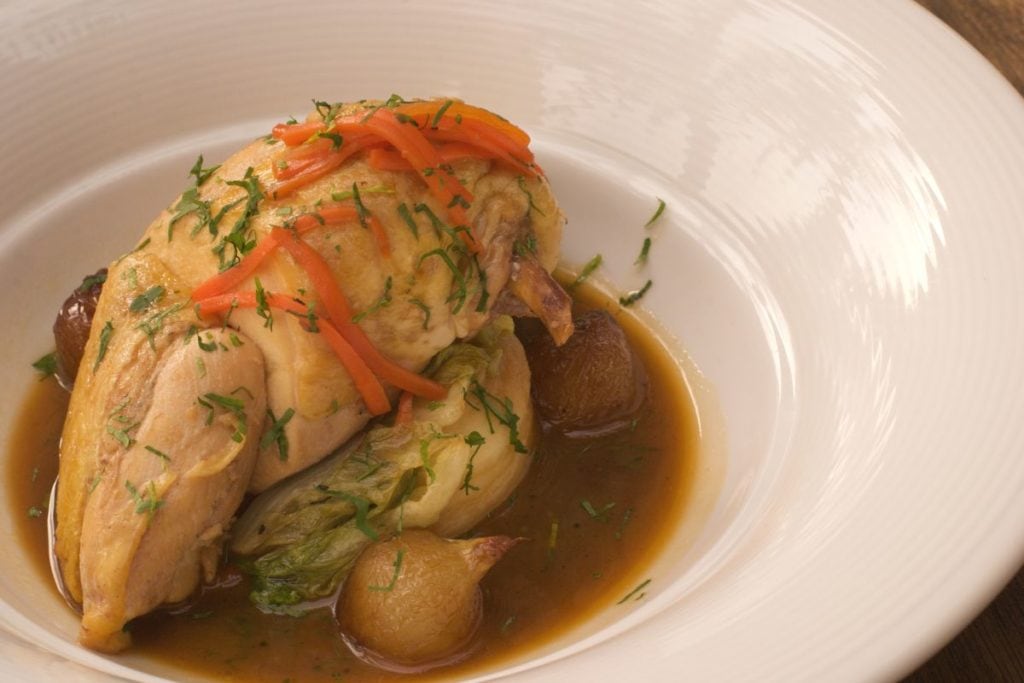
Pearl onions are often used in dishes like:
- Soups
- Sauces
- Soups
- Braised onions
- Onion gravy
- Onion tart
- Pickles
- Cocktails
- Vegetables
- Meaty dishes
Health Benefits of Pearl Onions
Onions have a special place in every cuisine. They are healthy vegetables that not only add flavor and texture to your dishes but also provide nourishing nutrients. Pearl onions are rich in flavonoids, fiber, potassium, calcium, and Vitamin C. They also contain sulfur compounds posing anti-bacterial properties to your food items.
8 Best Substitutes for Pearl Onions
| Sr. No. | Pearl Onion Substitutes | Best Fit for use in dishes like |
| 1 | Shallots | Stews, vinaigrette dressings, soups |
| 2 | Bulb onions | Salads, sandwiches |
| 3 | Cipollini | Lasagna, stuffed shells |
| 4 | Scallions | Soups, bacon biscuits, salad dressings, stir-fries, marinades, cheddar muffins |
| 5 | Red onion | Sandwiches, burgers, salads, salsas, meaty dishes, vegetable curry |
| 6 | White onion | Soups, stir-fries, stews, sauces |
| 7 | Caperberries | Pickles, sauces, cocktails, antipasto platters |
| 8 | Cocktail onions | Sandwiches, antipasto platters, salads, cocktails |
1. Shallots
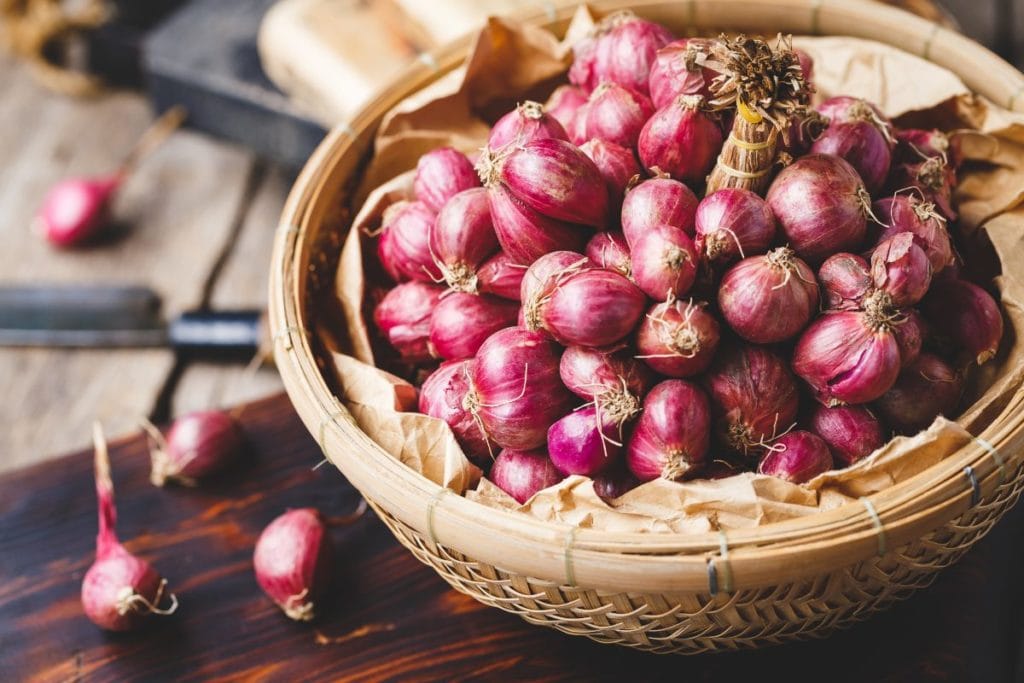
Shallots are a great substitution for pearl onions. They come from the same botanical origin, have a similar flavor and texture, and are best used in similar ways. They give a perfect punch of aromatic flavor with a distinct aromatic aroma. Shallots give a low level of sweetness in dishes than pearl onions. That’s why you may feel a need to balance the flavor with added sugar and vinegar.
However, there are some key differences between the two vegetables that you should be aware of. Shallots are typically larger than pearl onions, have a more delicate flavor, and have a softer texture. They’re also not as sweet as pearl onions, making them a better choice for savory dishes. One cup of pearl onions needs ¾ cup of shallots to replace.
2. Bulb Onions
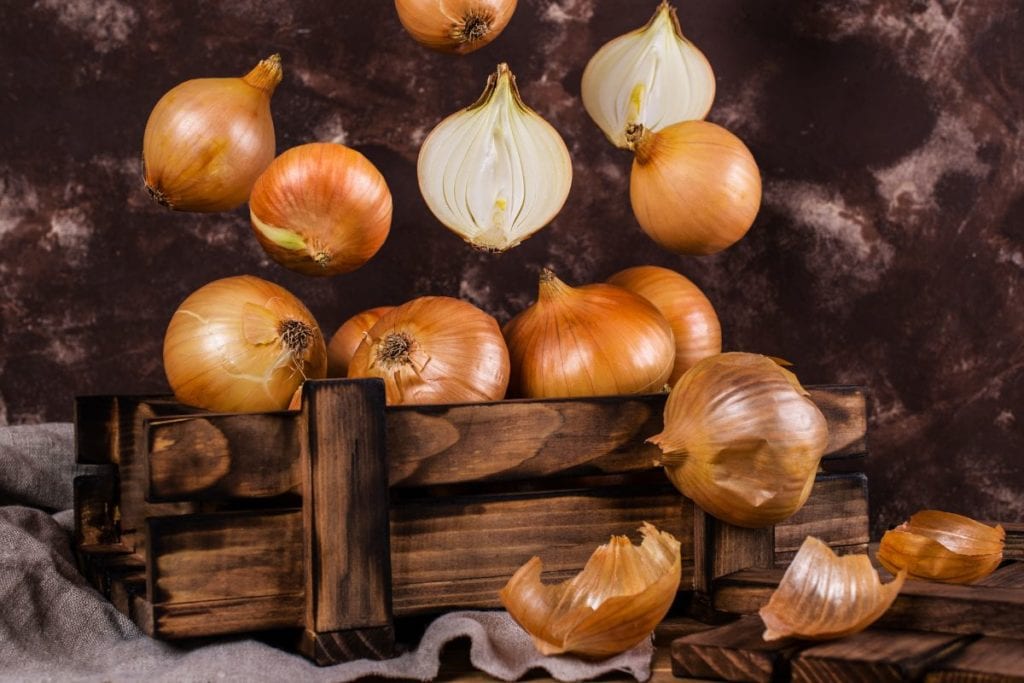
Bulb onions are a great substitute, as they have a similar botanical origin, flavor, and texture. However, they do differ in size, with bulb onions being larger than pearl ones.
Bulb onions are also great for use in recipes that call for pearl onions. They can be substituted in any recipe in equal quantities and will give the dish the same sweetness and delicate flavor. However, there are a few key differences between pearl and bulb onions that you should keep in mind. Bulb onions have a tougher skin and are less likely to disintegrate when cooked, making them a good choice for dishes like stews or curries.
3. Cipollini Onions
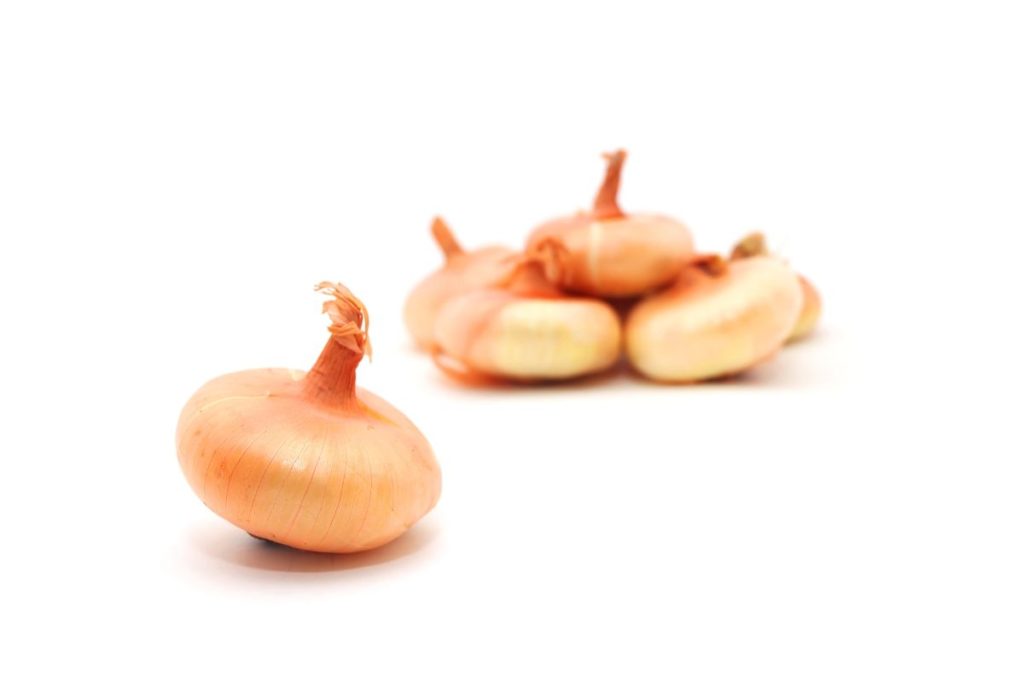
Cipollini onions are a type of Italian onion that are smaller than regular onions but have a stronger flavor and a firmer texture. They’re perfect for roasting, grilling, or caramelizing, and can be used in place of pearl onions in most recipes.
Compared to pearl onions, cipollini onions are a bit more flavorful, but they don’t have the same soft and delicate texture. They’re also a bit smaller, so you may need to use a bit more of them in recipes.
They can be used as a topping or maybe roasted for use. They have a high sugar content and turn out delicious when cooked slowly. Chop cipollini onions before adding in lasagna or stuffed shells.
4. Scallions
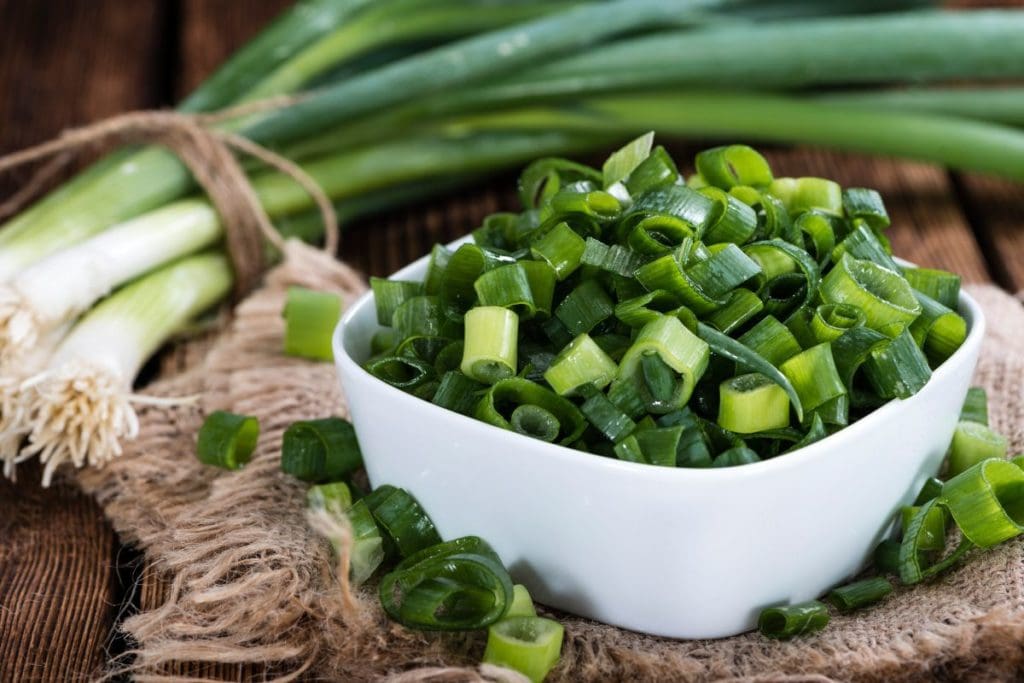
If you’re looking for a good substitute for pearl onions, scallions are a great option. They have a similar flavor and texture, and they’re available at most grocery stores. Scallions are also a bit easier to prepare than pearl onions, as you don’t have to peel them. Scallions have green skin and a white stem.
However, there are some key differences between scallions and pearl onions. For one, scallions are a botanical onion, while pearl onions are a specific variety of onions. Secondly, scallions have a slightly stronger flavor than pearl onions, and their texture is a bit more fibrous. Lastly, while both scallions and pearl onions can be used in a variety of dishes, scallions are particularly popular in Asian cuisine.
5. Red Onions
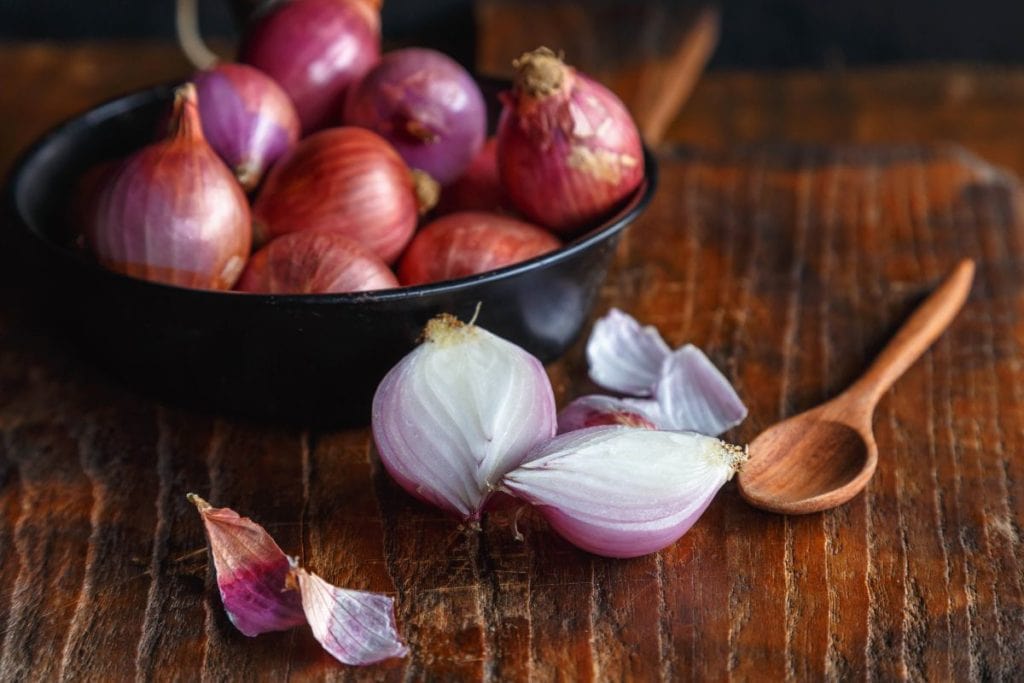
Red onions are a great substitute for pearl onions. They have a similar botanical origin, flavor, and texture. They are also best used in the same ways as pearl onions. However, there are some key differences.
Red onions are larger than pearl onions and have a more robust flavor. They also have a rougher texture, which can be a bit overpowering in some dishes. Finally, red onions are not as sweet as pearl onions, so they may not be the best choice for recipes that call for added sweetness.
6. White Onions
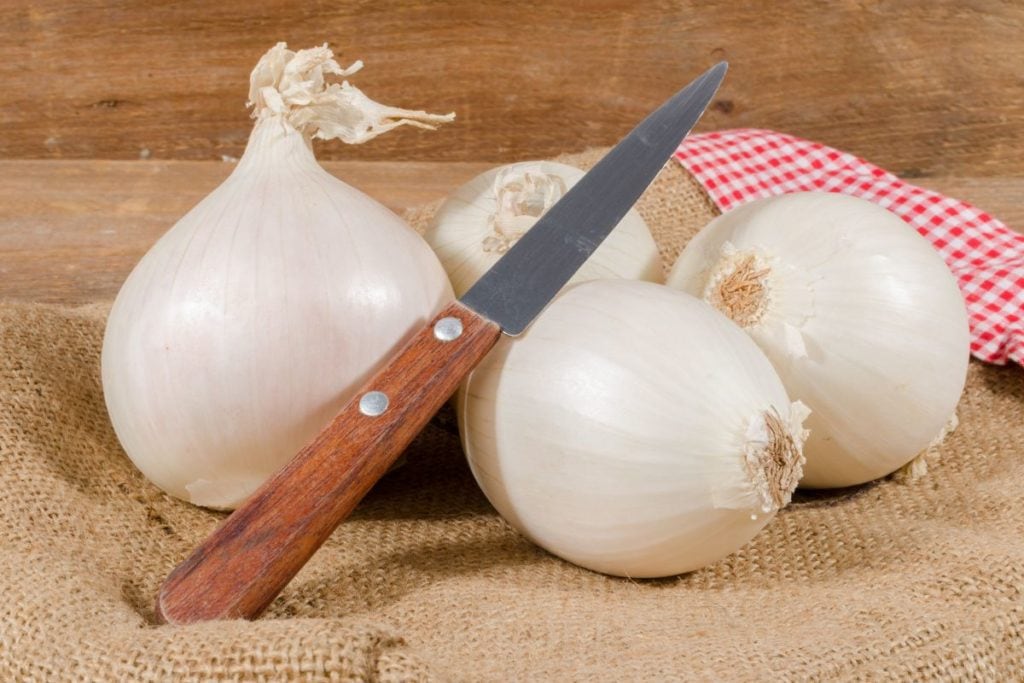
White onions are a good option and can be eaten raw or cooked. They have a similar flavor and texture, and they can be used in most recipes that call for pearl onions. They are crunchy and have a sharp zing. Half a cup of pearl onions needs to be replaced with ¾ cup of white onion.
However, there are some key differences between white onions and pearl onions. For one, white onions are botanical onions, whereas pearl onions are a specific variety of onion that has been bred for smaller size and sweetness.
Secondly, white onions have a stronger flavor than pearl onions, so you may want to use less of them in recipes. Lastly, white onions are firmer in texture than pearl onions, so they may not be the best choice if you’re looking for a replacement that has a similar consistency.
7. Caperberries
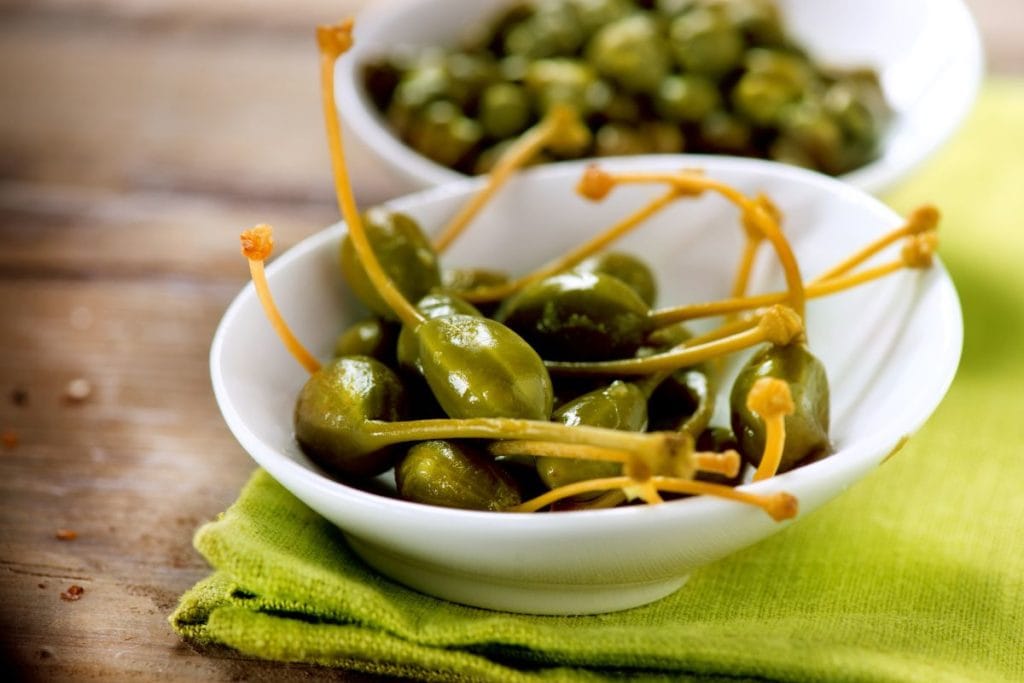
Caperberries are the fruit of the caper bush, a small flowering shrub that’s native to the Mediterranean region. The berries have a slightly sour and salty taste and a crunchy texture that’s similar to that of pearl onion. They’re most commonly used in brines, pickles, and sauces, but can also be eaten fresh or cooked.
Caperberries are a great substitute for pearl onions if you can’t find them in your local grocery store. They have a very similar flavor and texture and can be used in the same recipes. However, there are some key differences between the two ingredients. Caperberries are slightly sour and salty, while pearl onions are sweet and mild. Caperberries are also firmer and crunchier than pearl onions.
8. Cocktail Onions
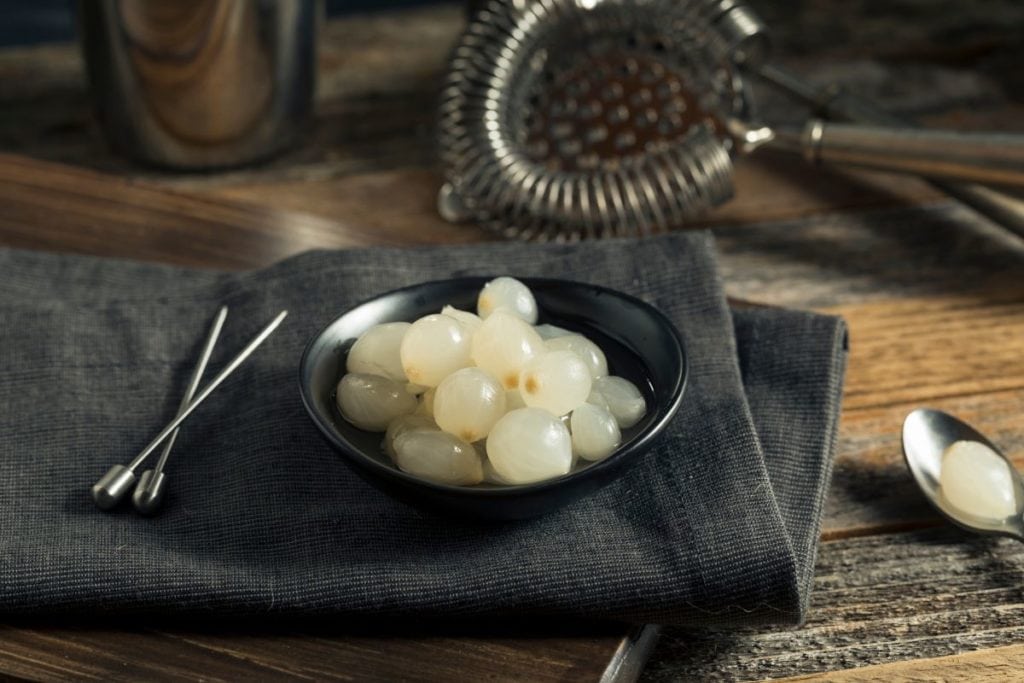
Cocktail onions are formed by the pickling method. These onions are kept brined with other spices like turmeric and paprika for several days. They are used to balance the richer meals by adding depth to their flavor. These pickled onions hold high water content as compared to pearl onions. That’s why they tend to soften quickly and require a shorter cooking duration.
Pearl onions are small white onions often used in recipes like chicken onion soup or pearl onion sauce. Cocktail onions, on the other hand, are a type of green onion that is larger in size and has reddish-purple skin. Pearl onions are best used in dishes that require a subtle onion flavor. Cocktail onions are best used in dishes that require a stronger onion flavor.
Pearl onions have a mild flavor that is slightly sweet and oniony. Cocktail onions, on the other hand, have a more pungent flavor that is sharper and spicier than pearl onions. Pearl onions are smooth and have slightly tough skin. Cocktail onions are rougher in texture and have thicker skin.
Conclusion
If you’re looking for a substitute for pearl onions, there are a few different options to choose from. All of these substitutes have a similar taste and texture to pearl onions, so you can still enjoy your recipes without having to worry about a missing ingredient.
While pearl onions are one of the most popular types of onions, they’re not always easy to find. Try using shallots or cocktail onions in your recipes as a substitute for pearl onions. You can also use scallions or red onions as a substitution. Whichever option you choose, you’re sure to enjoy the final product just as much as you would have with pearl onions.
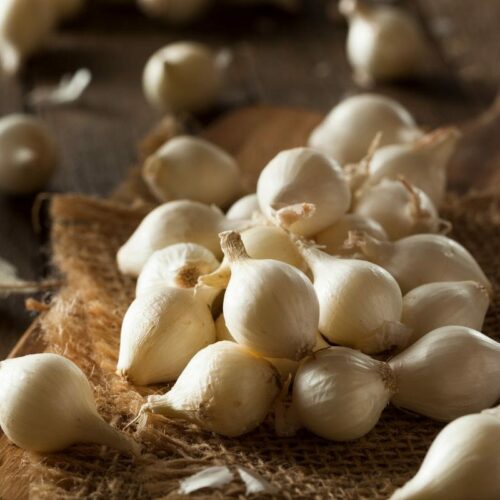
8 Best Substitutes for Pearl Onions
Ingredients
- Shallots
- Bulb onions
- Cipollini
- Scallions
- Red onion
- White onion
- Caperberries
- Cocktail onions
Instructions
- From the list of substitutes above, pick your favorite to use in its place.
- Use your imagination and be creative with these substitute recipes!
